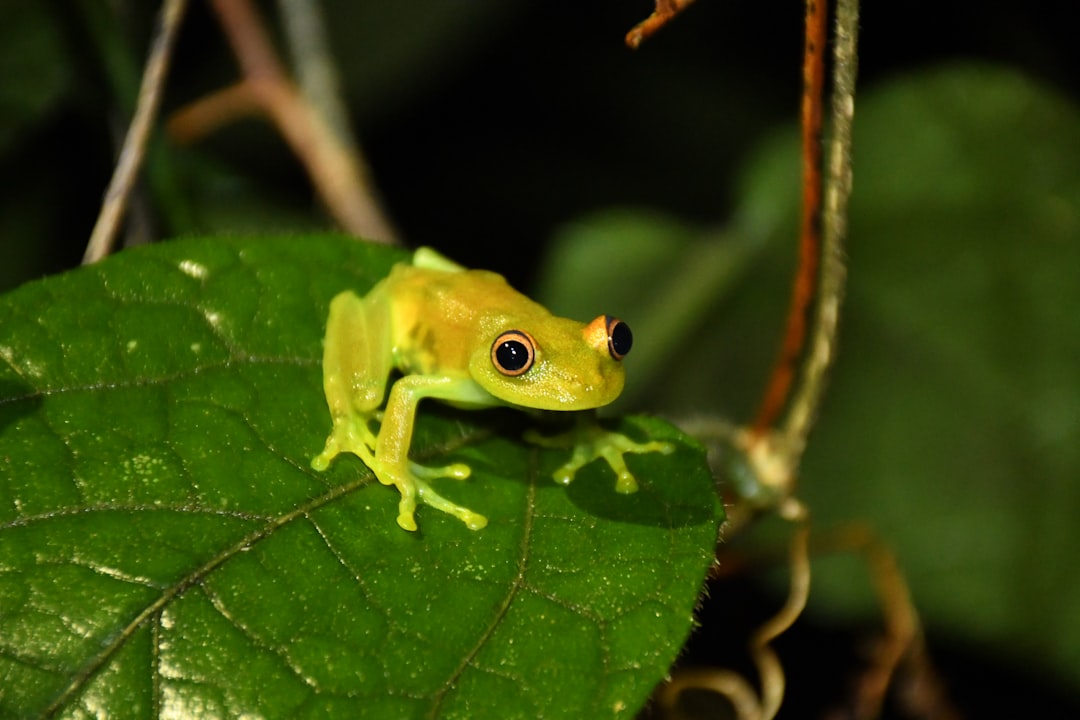What is it about?
A UDP glucosyltransferase from Bacillus licheniformis was overexpressed, purified, and incubated with nucleotide diphosphate (NDP) d- and l-sugars to produce glucose, galactose, 2-deoxyglucose, viosamine, rhamnose, and fucose sugar-conjugated resveratrol glycosides. Significantly higher (90%) bioconversion of resveratrol was achieved with α-d-glucose as the sugar donor to produce four different glucosides of resveratrol: resveratrol 3-O-β-d-glucoside, resveratrol 4'-O-β-d-glucoside, resveratrol 3,5-O-β-d-diglucoside, and resveratrol 3,5,4'-O-β-d-triglucoside. The conversion rates and numbers of products formed were found to vary with the other NDP sugar donors. Resveratrol 3-O-β-d-2-deoxyglucoside and resveratrol 3,5-O-β-d-di-2-deoxyglucoside were found to be produced using TDP-2-deoxyglucose as a donor; however, the monoglycosides resveratrol 4'-O-β-d-galactoside, resveratrol 4'-O-β-d-viosaminoside, resveratrol 3-O-β-l-rhamnoside, and resveratrol 3-O-β-l-fucoside were produced from the respective sugar donors. Altogether, 10 diverse glycoside derivatives of the medically important resveratrol were generated, demonstrating the capacity of YjiC to produce structurally diverse resveratrol glycosides.
Featured Image
Why is it important?
Resveratrol glycoside derivatives
Read the Original
This page is a summary of: Enzymatic Biosynthesis of Novel Resveratrol Glucoside and Glycoside Derivatives, Applied and Environmental Microbiology, September 2014, ASM Journals,
DOI: 10.1128/aem.02076-14.
You can read the full text:
Contributors
The following have contributed to this page










